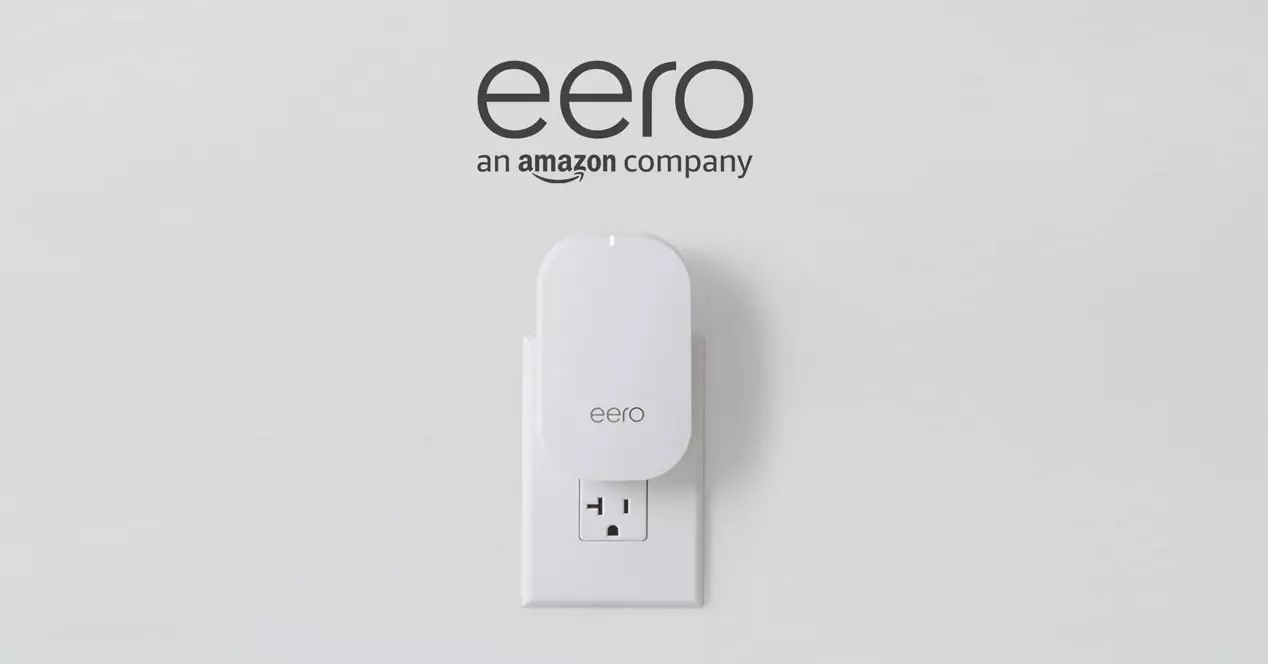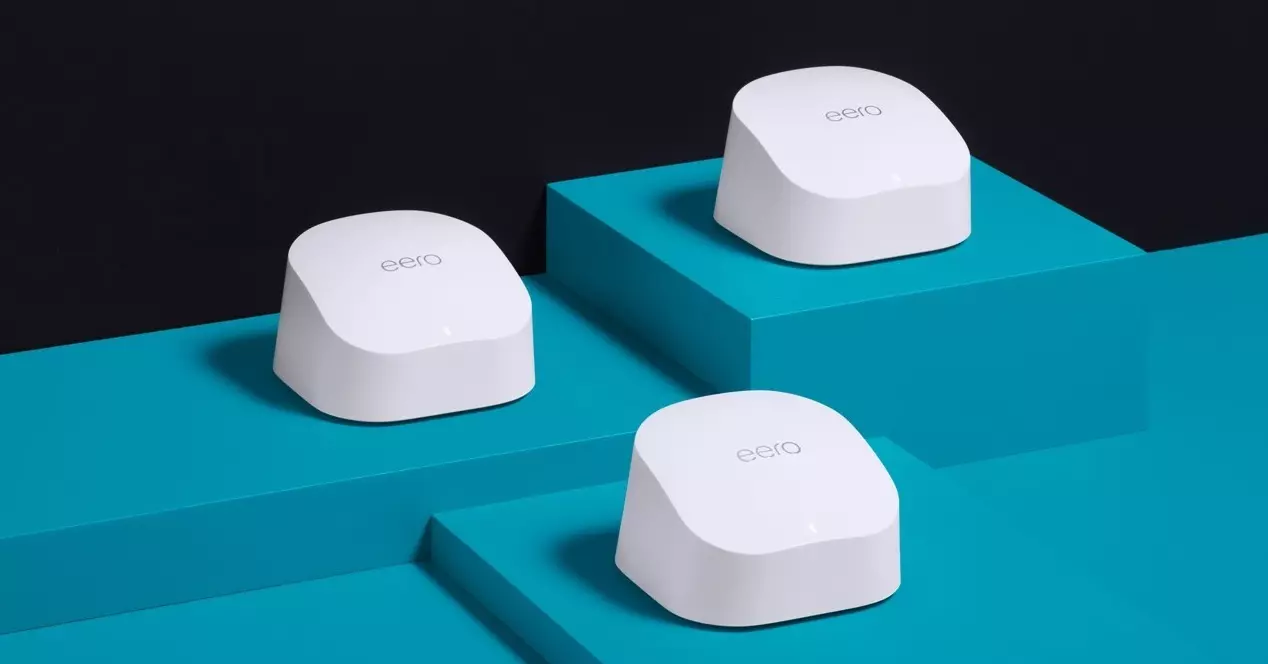
Unlike a simple router and repeater, a Wi-Fi Mesh network or mesh network It works as a base station and a set of satellites. All of these devices are able to communicate with each other and form a large network that shares the same SSID and password. Huge and also very secure networks can be created, since the configuration will be inherited from the master router and they are not as easy to hack as traditional networks. However, the main difference between mesh networks and a normal network with a repeater is that, in the latter, the repeaters are usually only able to communicate with the central router. In Mesh networks, always we will connect to the optimal access point. If a node fails, the network can ‘self-repair’ redirecting traffic through the rest of the elements of the mesh so that we do not lose connectivity. Thanks to this, Mesh networks are much more stable and they also offer much more confidence.
Amazon Eero Models
The Amazon Eero family isn’t very big yet, but there is already an interesting enough device base to be able to create a complex network at home, regardless of the surface that needs to be covered.
Amazon Eero Pro 6
Is he basic device to start your Eero Mesh network. With a unit you can create the network. From this point on, you can expand the network as much as you need with Eero 6 or Eero Beacon nodes. It is also possible to configure an Eero Pro as another access point within the network.
The idea that Amazon is looking for with these devices is replace the Wi-Fi router you have at home. However, this is sometimes not entirely possible. Even so, Eero devices, like those of Ubiquiti, can be powered by the operator’s standard router and build your entire network in parallel No problem.
One of the great advantages of the Eero Pro is the easy to configure the network and add new nodes to make the network more and more complex.
Mainly, there are two models of the Eero Pro router: with and without Zigbee. The model that has this integrated technology is much more expensive, but you can save the peak if you already have an Amazon Echo with Zigbee or a switchboard like the ones from Philips on your Wi-Fi network. Routers can also be purchased in double packs, for more complex installations.
Amazon Eero 6
The Eero 6 are used to extend the network of nodes of your Mesh network. This model has WiFi 6 with a dual-band system that supports up to 500Mbps and can cover a maximum area of 140 square meters. To use it, you will need to have an Eero network first.
The Eero 6 sold individually or in packs of 3 units. There is also a model with Zigbee technologyif you need it.
Amazon Eero Beacon
If you have a free outlet at home, you have one more node for your Mesh network. The Eero Beacon is the model more compact that Amazon has for sale, but can you give a coverage of up to 140 square meters if there are no obstacles in the way, just like the Eero 6. The idea is that you can place one or more of these devices at home so that you get coverage in those rooms where you have home automation devices and your basic router does not arrive correctly.
As an extra measure, the Beacon has a small warm light that can be used as night light. It can be turned off with voice commands and can also be programmed if preferred. This model is the same price as the Eero 6 and has very good reviews. One of its great differences is that this model only supports Wi-Fi 5. At the moment, this model is not yet available in Spain.
How do Eero and Alexa integrate?
Eero not only allows your home network to extend throughout your home and brings greater coverage and stability to your connected home. They also blend together thanks to the skills. The strong point of this union is that you can manage any aspect of the network directly through Alexa commands.
To do this, we will have to have the wireless network already established and previously configured. Once that’s done, we’ll need to make sure our Eero router is on eero OS version 2.0.0 or higher. We will also have to have the eero mobile app in version 1.3 or later. We can do this process on both iOS and Android.
Once these steps have been completed, open your Alexa app on your mobile and go to ‘Skills’. Search ‘eero‘ and enable it. Fill in your account information and verify the unique access code that you will be asked for. With that done, your Alexa device and your eero Wi-Fi system are now paired.
Thanks to this integration, you can use Alexa to locate your mobile devices around the house through Wi-Fi coverage, for example. You can also control the lights of the routers through voice commands or make changes to the network easily and simply by simply asking Alexa, without having to open the Eero app on your mobile.
Are these devices worth it?
Mesh networks are not cheap, but they do guarantee a security and stability that have little to do with traditional networks. If you have been suffering for years internet outages and you have not come up with the key of how to solve this problem, without a doubt, it will be worth it.
Still, Eero is not the only brand that offers these types of products. Ubiquiti, for example, has very similar solutions, although it is also true that they have a more professional approach. It will be up to you to calculate the number of nodes what you need to cover your house, the price it would cost and whether or not it is worth making the investment. Evolving towards this technology will only be profitable if you depend a lot on Internet connectivity due to your work or if you have many home automation devices scattered around your home.
The links you see in this article are part of our Amazon affiliate agreement and may earn us a small commission. Even so, the decision to publish them has been made freely, under the editorial criteria of El Output, without attending to suggestions or requests by the brands involved.








